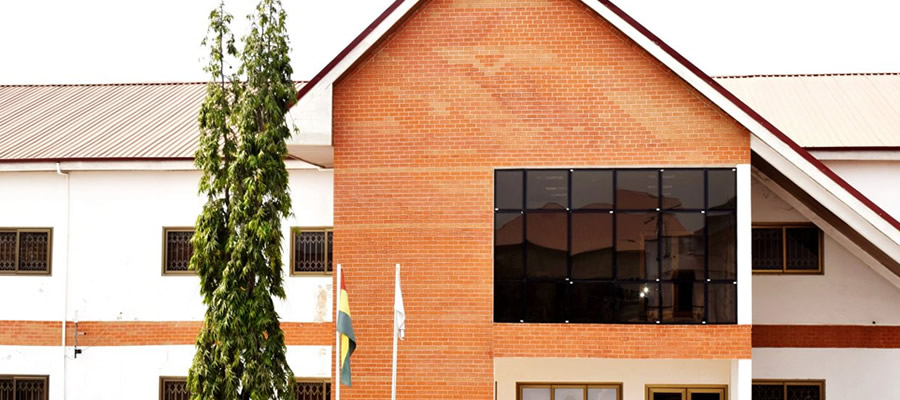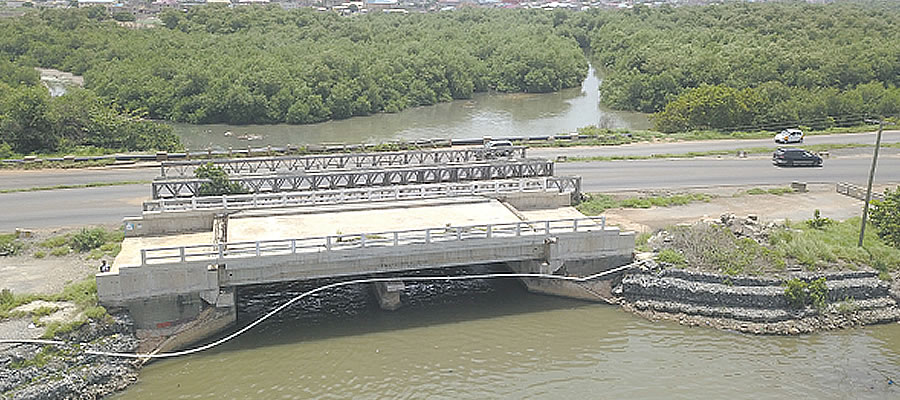

Introduction
The production of goods and services are meant for human consumption but human resource forms part of the factors of production. Information on the characteristics of the population as well as the proportion of economically active and economically not active persons in the total population can inform policies and programmes on economic activities, occupation, industry and employment. This chapter presents information on the activity status, size and structure of the labour force, and its distribution by occupation, industry, sector of employment and employment status.
Economic Activity Status
Economically active are all persons (i) who worked for pay or profit or family gain during the seven days preceding the census or (ii) who did not work but had jobs to return to, such as those on leave with or without pay, temporarily ill persons, temporarily laid off persons or (iii) who did not work during the reference period, but were actively looking for work (i.e. the unemployed). On the other hand, economically not active are homemakers (persons who engaged in household duties without pay), students, the aged, pensioners and persons with disability (GSS, 2012b).
This section presents results on persons fifteen years and older who engaged in any activity for pay (cash or kind) or profit or family gain during the seven days preceding census night. Table 4.1 shows that out of the population 15 years and older in the Municipality in 2010, 70.3 percent were economically active while 29.7 percent were economically not active
. Ninety-one percent of the economically active population was employed while 9.0 percent was unemployed. There were slightly more employed males (92.1%) than females (90.8%) in the Municipality. Table 4.1 also reveals that about half of the economically not active population were in full time education (50.7%) and the disabled or sick constituted the least percentage (2.8%). The large number of economically not active population who were in full time education means that the Municipality could expect quality human capital for its future socio-economic development.
The La Dade-Kotopon Municipality is bounded on the south by the Gulf of Guinea and this provides an avenue for fishing for the indigenous people. There is the Kpeshie Lagoon, which also serves the same purpose, even though in recent times, it has been partially choked with debris.
Consequently, the main economic activity for the men is operating the public transport system popularly known as trotro business while majority of the women are into petty trading in smaller kiosks and containers as well as hawking. About 60 percent of the population of La Dade-Kotopon are self-employed and are mostly into food vending, mechanical works, hairdressing, tailoring and carpentry.
In addition, the Municipality also hosts several shopping malls such as the Accra Shopping Mall, Koala Shopping Mall and Marina Mall. It also houses luxurious hotels, several financial institutions, the Kotoka International Airport and the Ghana International Trade Fair Centre. These institutions undoubtedly provide employment for the people.
Information on population 15 years and older by sex, age and economic activity status is presented in Table 4.2. It indicates that between age 20 and 29 employment status peaked with 31.1percentfor both sexes, more than a quarter (29.5%) was employed, those unemployed were more than half (56.2%) while about 30.0 percent were economically not active.
The same pattern emerged in the age group 20-29 years for both sexes. Higher proportions of both sexes aged between 20 and 29 years dominated the various employment status. However, more males (41.7%) aged between15 and 19 years than their female counterparts (32.8%) were economically not active. This might be due to the fact that more males than females aged 15-19 years were in full time education
Occupation
Occupation refers to the type of work a person is engaged in or a person’s principal or usual work or business especially as a means of earning a living. In the 2010 PHC, occupation was asked only of persons who worked for at least one hour during the seven days before the census night, and those who did not work but had a job to return to, as well as those who were unemployed but had worked before. All persons who worked during the seven days before the census night were classified by the kind of work they were engaged in. The emphasis was on the work the person did during the reference period.
Table 4.3 shows the employed population 15 years and older by occupation in the Municipality. The results indicate that more than a third (34.8percent) of the population of both sexes was engaged in service and sales work. However, females constituted half (49.5percent) of the population engaged in service and sales. This is expected because traditionally such occupations are associated with females. Higher proportions of males than females were engaged in craft and related trades (23.6percent) and plant and machine operators and assemblers (13.8percent). This shows some level of gender stereotype in occupation in the Municipality. Table 4.3 also reveals that total population employed in skilled agriculture, forestry and fisheries was the least (1.5percent).
Date Created : 11/20/2017 7:55:34 AM











 facebook
facebook
 twitter
twitter
 Youtube
Youtube
 +233 593 831 280
+233 593 831 280 0800 430 430
0800 430 430 GPS: GE-231-4383
GPS: GE-231-4383 info@ghanadistricts.com
info@ghanadistricts.com Box GP1044, Accra, Ghana
Box GP1044, Accra, Ghana